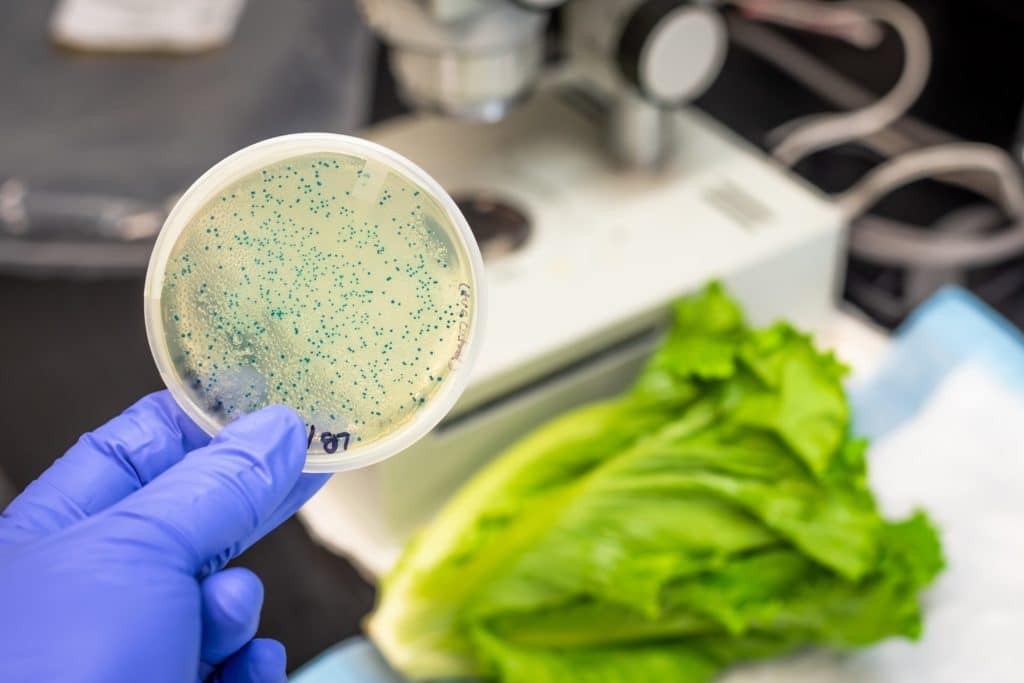The report considers an outbreak investigation related to E. coli O157:H7 illnesses and the consumption of leafy greens that took place between August and December 2020. The FDA, alongside state and federal partners, investigated the outbreak to identify potential contributing factors that may have led to leafy green contamination with E. coli O157:H7. Key findings of the report included:
Reoccurring region – FDA and state authorities carried out field investigations related to E. coli O157:H7 foodborne illness outbreaks associated with consumption of romaine lettuce or leafy greens grown in the California Central Coast growing region.
Reoccurring strain – Because the E. coli O157:H7 strain has been associated with numerous foodborne illness outbreaks from multiple years that have all been associated with leafy greens grown in the California Central Coast growing regions, FDA and CDC consider them a reoccurring E. coli O157:H7 strain of continuing or ongoing concern.
Reoccurring Issues Around Adjacent and Nearby Land Use – These recent investigation findings and previous foodborne illness outbreak investigation findings dating back to 2013 suggest that a likely contributing factor for pathogenic E. coli contamination of leafy greens has been the proximity of cattle. Cattle have been repeatedly demonstrated to be a persistent source of pathogenic E. coli including E. coli O157:H7.
The FDA has identified a series of recommendations for growers of leafy greens in the California Central Coast growing region. These include:
- Consider this particular strain of E. coli O157:H7 a reasonably foreseeable hazard.
- When pathogens are identified through microbiological surveys, and testing of leafy greens, we recommend growers implement industry-led root cause analyses to determine how the contamination likely occurred and then implement appropriate prevention and verification measures.
- Actively engage in the locally-led effort called California Agricultural Neighbors (CAN) workgroup to identify what actions can be taken to reduce the risk of STEC contamination of leafy greens in this specific growing region.
- Actively seek participation in the California Longitudinal Study (CALS) to better understand the ecology of human pathogens in the growing region.
- Actively encourage participation by adjacent and nearby livestock owners and other agricultural producers in the region to participate in CALS as well.
- Emphasize efforts around prevention
- Improve traceability
- Improve industry-led provenance labelling
- Conduct a root cause analysis when a foodborne pathogen is identified in the growing environment, in agricultural inputs (e.g., agricultural water or soil amendments), in raw agricultural commodities, or in fresh-cut ready-to-eat produce to identify how this contamination occurred.
For the full report, click here https://www.fda.gov/media/147349/download


